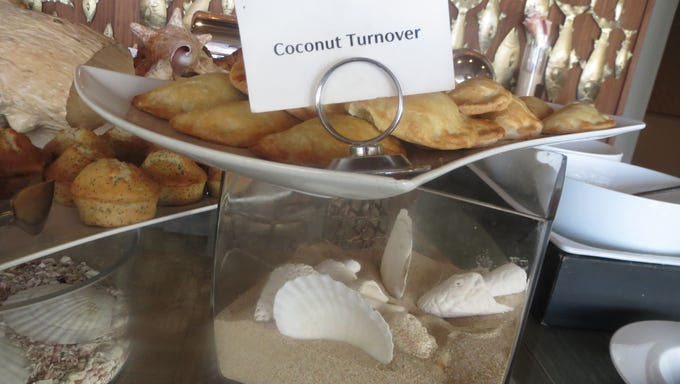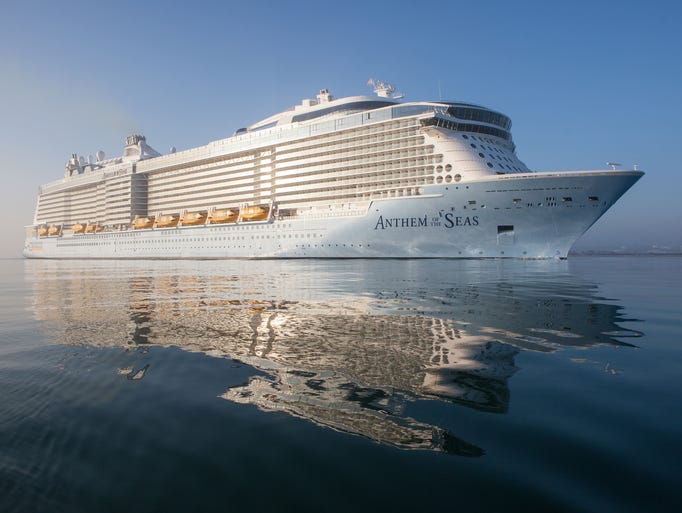The scene: No other food has grown so far so fast as the humble Buffalo-style hot wing (in Buffalo they are simply called “wings”). Within a couple of years after it was introduced in a single Buffalo restaurant, the dish had become the city’s obsession. In less than two decades it was nationally ubiquitous, an appetizer menu and bar food staple across the country, and one major international chain had launched. Hooters built its success and several hundred outlets worldwide (plus a Vegas casino, defunct airline and former pro golf tour) on the back of the humble wing, at least from a menu perspective. Today there are several large wing-centric chains (Zaxby’s, Buffalo Wild Wings , Wingstop ). Half a century after it was invented, the hot wing has gone fully global, and can be found alongside nachos, dumplings or fried calamari on menus everywhere. It’s become the de facto food of sports, and one and a quarter billion wings are eaten just during the Super Bowl. Counting the two halves, “flats” and “drumettes,” separately, as they are served, nearly 30 billion wings are consumed annually just in this country. And it all started at Frank & Teressa’s Anchor Bar in Buffalo.
Very few foods have as clear-cut a creation story as the wing, and while who cooked the first burger is debated, the wing can be traced directly to one night in 1964. Frank and Teressa Bellissimo ’s son had several friends over late to the family’s bar, opened in 1935. After regular hours they became hungry, and Teressa scrounged around looking for something to feed them. She found some wings, and wanting to cook them quickly, decided to put them in the deep fryer — as the saying goes, necessity is the mother of invention. The fried wings had a distinctive crispy texture and inner succulence, there was some hot sauce on hand, as well as celery and bleu cheese. Everyone loved them, they became a menu item, the people of Buffalo went mad for the new dish, and the rest is culinary history. The Anchor Bar has expanded to Vegas, ships its wings nationwide, and even supplies a restaurant in Tokyo. An outpost in the airport is the first local thing arriving visitors to Buffalo see.
Back then the Anchor Bar was a smallish mom-and-pop bar, known for pizza, which is what I had with my wings when I first visited in 1993. Today, a victim of its own success, it is cavernous, has been expanded multiple times, and feels like a theme park version of itself. You vividly smell frying wings and hot sauce in the parking lot, as soon as you open your car door. There is a massive carved statue of founder Teressa outside the front door, and upon entering, there is a bar area where motorcycles hang from the ceiling and the walls are covered in license plates from all over the country. There’s a gift shop, they now make and sell their own bottled sauce, and the large back room, the original space, is covered from floor to ceiling on all sides with framed articles about the Buffalo wing. The license plate motif is fitting because the place has become a Mecca for traveling foodies, wing central, while many locals have moved on to their own hotly debated neighborhood favorites — wings are a topic of much discussion, deeply held opinions and almost unbelievable passion in these parts. A quick look around the large parking lot finds more out-of-state plates — often far-flung — than New York versions. This makes sense, because there is no other place a traveling food lover can justify beginning a visit to Buffalo, the world capital of wings.

































